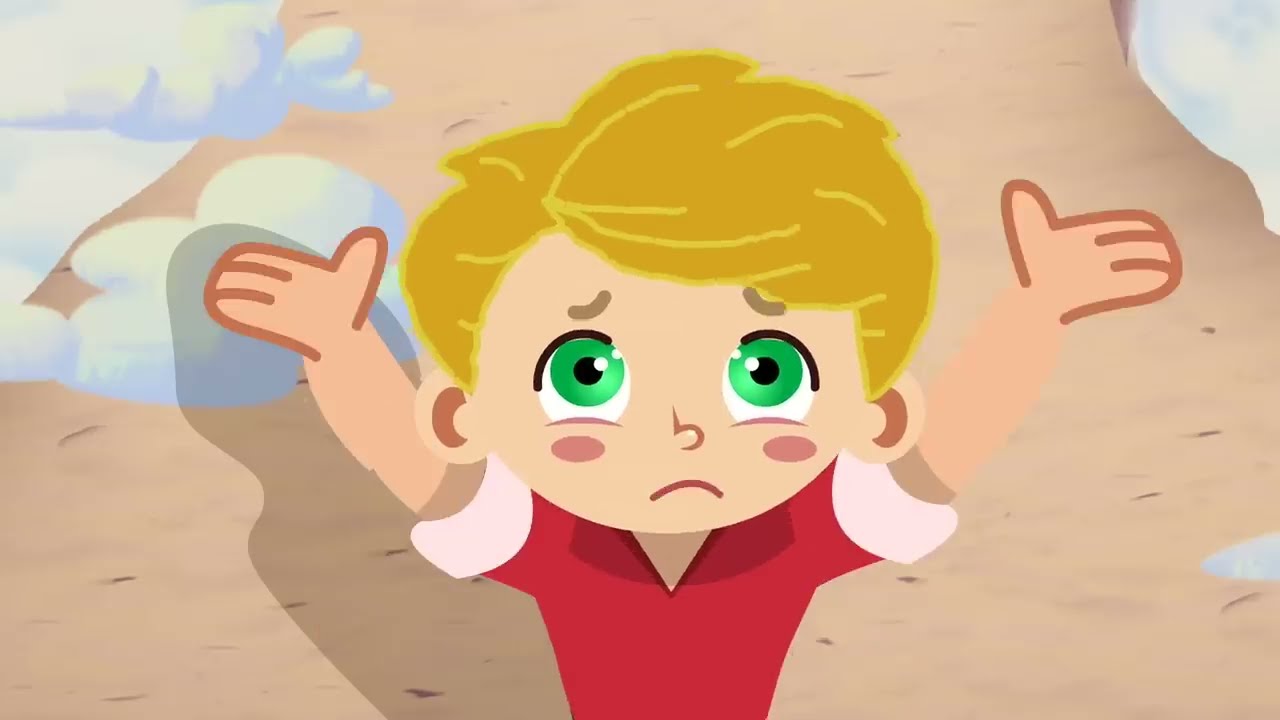
Introduction
Fairy tales have always offered fertile ground for cinema, but Jack the Giant Slayer (2026) attempts something larger than life — both literally and thematically. Directed with a keen sense of spectacle, the film reimagines the classic folktale into a modern fantasy adventure, with sweeping visuals, battles of immense scale, and a narrative that oscillates between myth and blockbuster entertainment.

The Story
At the heart of the film is Jack, portrayed with earnest charm by Nicholas Hoult. A farm boy with little more than courage and hope, Jack unwittingly unleashes a conflict when he opens a portal to the land of giants. What follows is not merely a struggle between man and monster, but a reflection on bravery, destiny, and the timeless power of stories. Alongside him stands Princess Isabelle, played with vitality and grace by Eleanor Tomlinson, offering more than just a romantic subplot — she becomes the moral compass and emotional anchor of the tale.

Visual Splendor and Cinematic Style
The film thrives on its spectacle. The giants are rendered with astonishing detail, their presence both terrifying and oddly melancholic. The landscapes — lush valleys, storm-laden skies, and towering castles — seem lifted from an illuminated manuscript brought to cinematic life. Every frame seeks grandeur, and while at times the film risks drowning in its own excess, it often achieves a kind of mythic resonance that lingers long after the credits.

Performances
- Nicholas Hoult as Jack: He brings a disarming sincerity, capturing the transformation from naïve dreamer to reluctant hero.
- Eleanor Tomlinson as Princess Isabelle: More than a damsel in distress, her performance imbues the story with resilience and quiet strength.
- Supporting Cast: The ensemble adds gravitas, with seasoned actors balancing humor, menace, and pathos in equal measure.
Strengths and Weaknesses
What works best is the film’s embrace of its fairy-tale roots. It doesn’t shy away from earnestness, and in that sincerity, it recalls the timeless quality of storytelling. The battles are choreographed with precision, the special effects immersive, and the emotional beats surprisingly affecting. Yet, there are moments where the narrative leans too heavily on spectacle, threatening to overshadow the human drama at its core.
Final Verdict
Jack the Giant Slayer (2026) is a bold attempt to marry myth and modernity, a film that dares to reach for the clouds as much as its towering antagonists. It may not always strike the perfect balance between heart and spectacle, but it delivers an experience that feels both familiar and freshly imagined. For those willing to believe once more in the power of fairy tales, this is a story worth climbing toward.
Rating: ★★★★☆
A grand, flawed, but often wondrous tale that reclaims the magic of the movies.